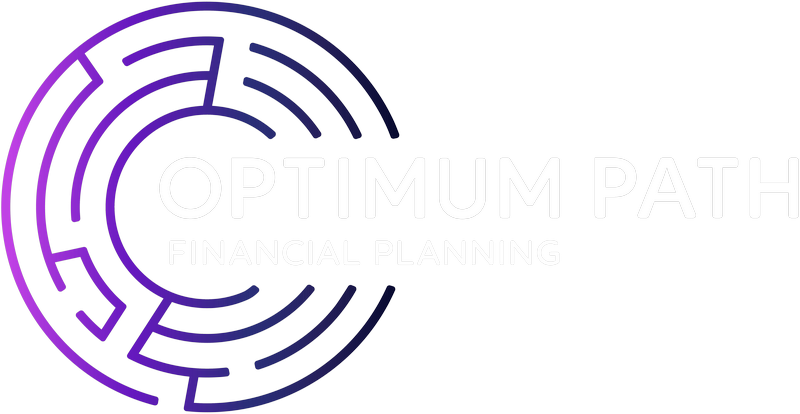25 October 2019
Will your pension be affected by equalising guaranteed minimum pensions?
;)
Pension savers that took steps to protect their financial future could be facing an unexpected bill. If you’ve ever used fixed protection arrangements, it’s important to check if you’re affected.
The changes affecting some pensions highlight why it’s important to remain engaged. Regulation can change and it may affect your retirement income. By undertaking regular reviews, you’re in a better position to respond.
Using fixed protection arrangements to protect your pension
Fixed protection arrangements can safeguard against potential bills due to the Lifetime Allowance.
The Lifetime Allowance is the total you can save into a pension tax efficiently. Should you exceed the allowance, you could find you have a large bill. Over the last decade, the threshold has reduced. Today, it stands at £1.055 million, compared to £1.8 million in 2011/12. It’s expected the allowance will now rise in line with inflation.
If you exceed the Lifetime Allowance, charges can be hefty. If you buy an Annuity or use Flexi-Access Drawdown, a one-off charge of 25% may apply. When taking a lump sum, a 55% bill may be payable.
As a result, it’s not surprising some savers took action against the recent reductions. For some, this came in the form of fixed protection arrangements. These allowed individuals to ‘fix’ their Lifetime Allowance. But further contributions weren’t permitted. The arrangement can also stop benefits from building up in a Defined Benefit pension.
Fixed protection arrangements aim to limit tax liability in retirement. But changes could mean savers are still presented with a bill when they access their pension.
What’s changed?
Fixed protection arrangements aim to prevent you from exceeding the Lifetime Allowance. So, what’s changed?
Following a landmark High Court ruling in 2018, millions of people with Final Salary pensions are being compensated. Previous rules allowed men and women’s Defined Benefit pensions to rise at different rates. This is now branded discriminatory. As a result, compensation is being made.
This may sound like a positive thing. But if your pension is close to the Lifetime Allowance it could push your savings past the threshold. This is why further contributions are not permitted following the arrangement. In effect, it may mean your fixed protection arrangement is invalid. With hefty charges for breaching the Lifetime Allowance, there are fears that some savers could face six-figure bills when accessing their pension.
Calculating the expected bill
If you’re affected, the tax bill will depend on a variety of factors. This includes the size of your pension that exceeds the threshold and how you access it. Pension experts speaking to the Financial Times warned even small increases could have a large effect.
There is a risk that an annual pension increase of just a few pounds could result in a bill in the thousands of pounds. The worst-case scenarios will affect those who had fixed protection of £1.8 million. Hymans Robertson, an actuarial consultant, calculated an uplift of a few pounds a year would mean savers are landed with a £400,000 tax bill.
Head of GMP Equalisation with Hymans Robertson Matt Davis said, “The industry hopes that HMRC will provide a pragmatic solution to this issue soon. It would be unreasonable for changes to pensions built up in the 1990s, based on the legislation and tax position at the time, to lead to severe tax charges now.”
What can you do if you have a fixed protection arrangement?
Compensation has come to a standstill for now. There are calls for HM Revenue & Customs (HMRC) to clarify how the changes will affect the fixed protection arrangements. HMRC has stated its ‘carefully considering’ the issue but further guidance is not yet available.
So, if it could affect you, action should focus on planning. It’s important to understand if it could have an impact and the size of the potential bill. This gives you the information to alter retirement income or plans if necessary. If you’re worried about the impact of guaranteed minimum pension changes, please contact us.
Please note: A pension is a long-term investment. The fund value may fluctuate and can go down, which would have an impact on the level of pension benefits available. Your pension income could also be affected by the interest rates at the time you take your benefits. The tax implications of pension withdrawals will be based on your individual circumstances, tax legislation and regulation which are subject to change in the future.
Category: News
